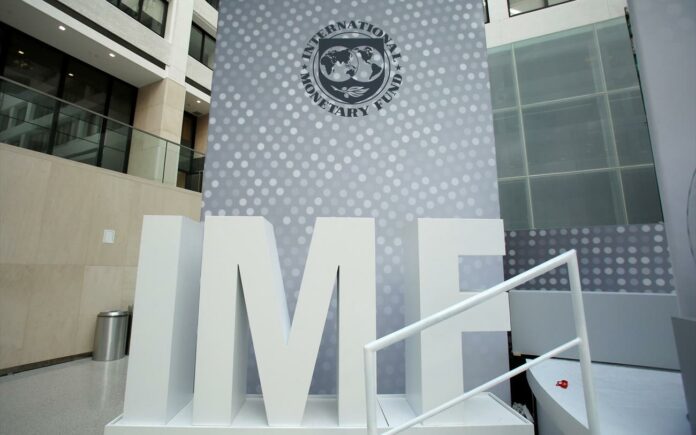The outlook for the Greek economy has improved notably, but significant challenges remain, the IMF said in its report. The economy has resumed income convergence, ending a decade of stagnation with high unemployment and low investment amid large deleveraging. Real GDP has expanded beyond the pre-pandemic trend level, driven by the cyclical recovery of tourism demand and the resumption of structural reforms and investment in the context of Next Generation EU.
Strong growth and high inflation have brought the public debt-to-GDP ratio down below its pre-pandemic level with limited financing risks in the medium term due to the favorable debt structure. However, despite regaining sovereign investment grade status and improving bank balance sheets, the economy is facing macro-financial challenges amid significant monetary policy tightening, persistent core inflation, and rising real estate prices. Structural imbalances arising from low household savings and still low level of investment as well as increasing risks from climate change are weighing on medium-term growth prospects.
Macroeconomic figures
The IMF “sees” growth rates of 2.1% in 2024 after growth of 2.3% in 2023. Private consumption will be supported by positive real wage growth while investment will continue to expand with the implementation of the National Recovery and Resilience Plan supported by Next Generation EU funds. Headline inflation is forecast to reach 2 percent by end-2025 as pressures on core inflation will dissipate only gradually despite continued normalization of energy and food prices.
Banking system
The banking system has remained resilient underpinned by balance sheet strengthening. Asset quality further improved with the Non-Performing Loan ratio declining below 5 percent in systemically important banks. Higher net interest margins have contributed to a strong rebound in bank profits and bolstered capital adequacy. The banking system also maintains sizable liquidity buffers despite substantial repayments of ECB’s targeted long-term refinancing operations (TLTRO).
Risks
Risks are more balanced for growth but tilted upward for inflation. A potential escalation of Russia’s war in Ukraine and the Conflict in Gaza and Israel could disrupt trade and trigger renewed energy and food price pressures and undermine confidence. In contrast, acceleration of ambitious structural reforms, in tandem with stronger-than-expected market reactions to the recent investment grade upgrade, could further improve growth prospects. Inflation could remain high, for example, as the result of pressures from recent and expected wage and pension increases and weather-related shocks.
Proposals
• Growth-friendly fiscal consolidation can further strengthen public debt sustainability while supporting inclusive and green growth. Further tightening in the near term and maintaining a primary surplus in the medium term would help further strengthen public debt sustainability while limiting additional pressure on inflation. For green and inclusive growth, fiscal policy should emphasize public investment, including green investment, and critical social spending such as healthcare and education. Advancing further fiscal structural reforms, including the ongoing efforts to address tax evasion, would enhance fiscal governance and improve the
efficiency of fiscal policy.
• The resilience of the financial system should be further strengthened in an environment of higher-for-longer interest rates. The monitoring and management of risks associated with interest rates, liquidity and funding, and credit exposures should be further strengthened. Temporarily elevated bank profits should be used to build capital buffers and improve the quality of capital. The activation of a positive neutral countercyclical capital buffer would help banks guard against potential systemic shocks. Borrower-based measures for mortgage loan borrowers—such as caps on loan-to-value and on debt service-to-income ratios—would
enhance household resilience and consequently contain vulnerabilities in the banking system.
• Comprehensive reforms to address structural supply impediments would lift medium-term growth prospects amid a negative demographic outlook. Continued reforms in digitalizing public administration and tackling barriers to more competition would unlock higher private investment and improve productivity. Ensuring higher labor participation and a better skilled workforce would raise labor market dynamism while further facilitating digitalization and the green transition. Strengthening judicial system reforms and out-of-court proceedings would contribute not only to improving business dynamism and productivity but also to increasing financial sector resilience by further reducing bank NPLs and distressed debt recovered by credit servicers.














